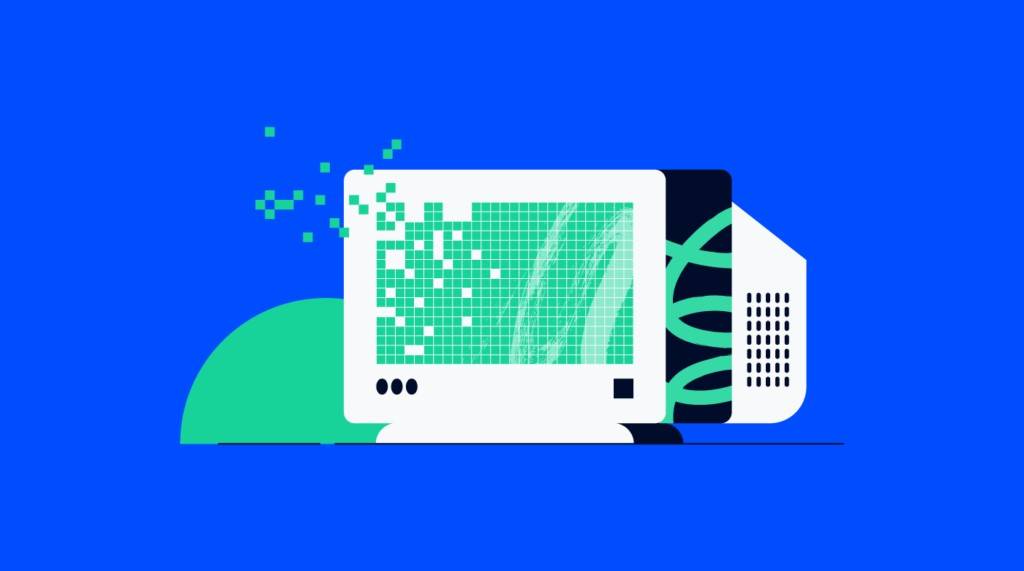EHR data migration is the procedure of transferring medical records from EHR-to-EHR systems. Usually, it is used when the healthcare provider upgrades an existing EHR system or changes it completely. The process can be time-consuming and complex because of the differences in information structures, security protocols, and file formats. However, healthcare providers need to switch to new EHRs as this ensures that every previous patient’s information and data is transferred accurately, securely, and safely, enabling continuity of care. Now that we know what EHR data migration is, let us see the steps involved in it. Below is a step-by-step guide on EHR data migration.
Planning
Planning EHR data migration is a complicated task as it requires cautious consideration of time, budget, business needs, and risks. You should pass the steps below to plan the migration properly.
Allocate Budget
Allocate the budget properly for the whole information-moving process, including hardware, personnel, software, and any other unforeseen expenses. Also, consider costs linked with personal training, EHR information validation, and potential downtime.
Think of a Realistic Timeline
Consider timeline creation for your data migration process. Set up milestones to track the project’s progress and make sure that deadlines are met.
Point Potential Risks
Recognize the risks linked with migration, like system downtime, compatibility issues, and information loss. Create a safe risk migration plan also for every identified danger, including contingency plans and preventative measures.
Choose Data data Plans Properly
Collaborate with your software development company in Dubai and choose suitable tools to migrate current data that align with the business needs of your old EHR system.
Look For Skilled Experts
EHR data migration is a highly responsive job that requires the supervision of expert healthcare professionals. Thus, you should select an EHR partner who is competent in transferring patient data safely. You can ask your app developers in New York to help find a suitable data migration partner. While searching for an HER migration company, pay attention to:
- Experience in EHR data transfer
- Security measures
- Regulatory Compliances
- Robust support after migration
- Interoperability Capabilities
- Scalability
Data Analysis of Patient and Cleaning
Below are some points that you should analyse and discuss with the EHR data migration company to proceed with the data migration successfully:
Consider the EHR Record Structure
Find key fields like the patient’s medical history, lab results, demographics, and medications. Next, identify and remove any duplicate records. It will help avoid redundancy and ensure that every patient has an accurate representation.
Prioritize Patient Privacy
Pseudonymized or anonymized information as required to comply with your privacy regulations. Apply validation checks to guarantee data accuracy.
Standardize Formats and Deal with Missing Information
Ensure codes, dates, and all other values adhere to common standards to facilitate flawless integration. Also, address missing data by deciding whether you should emit, interpolate, or replace values.
Test Migration and Involve Stakeholders
Perform test migration with an EHR records subset to recognize and resolve any prospective issues. It helps refine the migration procedure before implementing it to the whole dataset.
Creating an EHR Data Migration Strategy
A planned migration strategy to a new electronic health record system is the key to successful data transfer. They are the main steps you should pass when developing a migration strategy.
Define Your Objectives and Evaluate Present EHR State
Define the objectives and goals of data migration. Find out why you’re migrating, how will it align with your overall business goals, and what enhancements you expect. Find out what information should be migrated from your current EHR.
Consider Regulatory Compliance
Ensure regulatory compliance with healthcare regulations, like HITECH, NHS, HIPAA, and more. Know EHR records security and privacy needs and accordingly plan the migration strategy.
Create Data Inventory and Select the Migration Method
Categorize information on relevance and importance. Identify any obsolete or redundant data that can archived and excluded. When selecting a suitable way for info migration, you will be able to view the options, like a phased approach, a big-bang approach, and more.
Flow Documentation and Enhancements
Document the whole EHR implementation and data migration process. That includes the methodologies used, strategy, solutions implemented, and challenges faced. This documentation will be helpful for future audits and references.
After data migration, collect feedback and constantly evaluate the performance of your new EHR system. Apply improvements depending on the lessons learned in the migration procedure.
System Migration and System Testing
The below activities are needed to perform the EHR record migration.
Select Tools for Electronic Data Migration
Consider tools flawlessly integrating current EHR databases and systems, ensuring smooth transitions. Robust data management via transformation capabilities and data mapping are vital since they facilitate consistent and accurate data migration. In addition, prioritize tools with complete auditing features to inspect and guarantee integrity via migration. It is also vital to complete information mapping. The process allows for confirming precise data input in the field of the new system. Transfer the data from old databases to staging databases using the right tools.
Data Testing
It is also vital to perform comprehensive data testing in the staging databases to ensure the applications use it effectively and let end users retrieve information from former EHR systems to the new ones.
Finalizing Data Migration
After proper testing and satisfactory confirmation of results, the tech crew should schedule a launch date for your new database. It’s vital to inform every user about the prospective disruption. In addition, link the staging databases to the live interface to let users test it with new data from various sources.
To streamline data transfer from one Electronic Healthcare Report to another, it’s recommended to team up with IT consultants. For smooth and safe EHR data conversions, it is advised to get help from health data migration experts who can guarantee minimum disruption to the workflow.
Handling Post-Migration Support
You should ensure the smooth working of the EHR systems after data migration. Start by performing detailed testing and validating all the migrated data to recognize and correct any issues or discrepancies during the migration procedure.
Keep communicating with the vendor to quickly address any user questions and troubleshoot any problems EHR data migration needs in its post-transferring period. Be connected with the stakeholders, collect feedback, and perform follow-up assessments regularly to guarantee constant satisfaction and optimize the performance of the system. The proactive strategy for post-data migration support will help mitigate prospective disruption and foster positive user experiences with successful EHR data migration.
Karan Dubal, a visionary in the realm of software development, is the driving force behind a cutting-edge enterprise in Dubai. As the founder of a leading Software Development Company in Dubai, Karan combines technical expertise with innovative solutions, revolutionizing the digital landscape. With a passion for technology and a commitment to excellence, he leads a dedicated team in creating bespoke software solutions that propel businesses to new heights.
















Leave a Reply